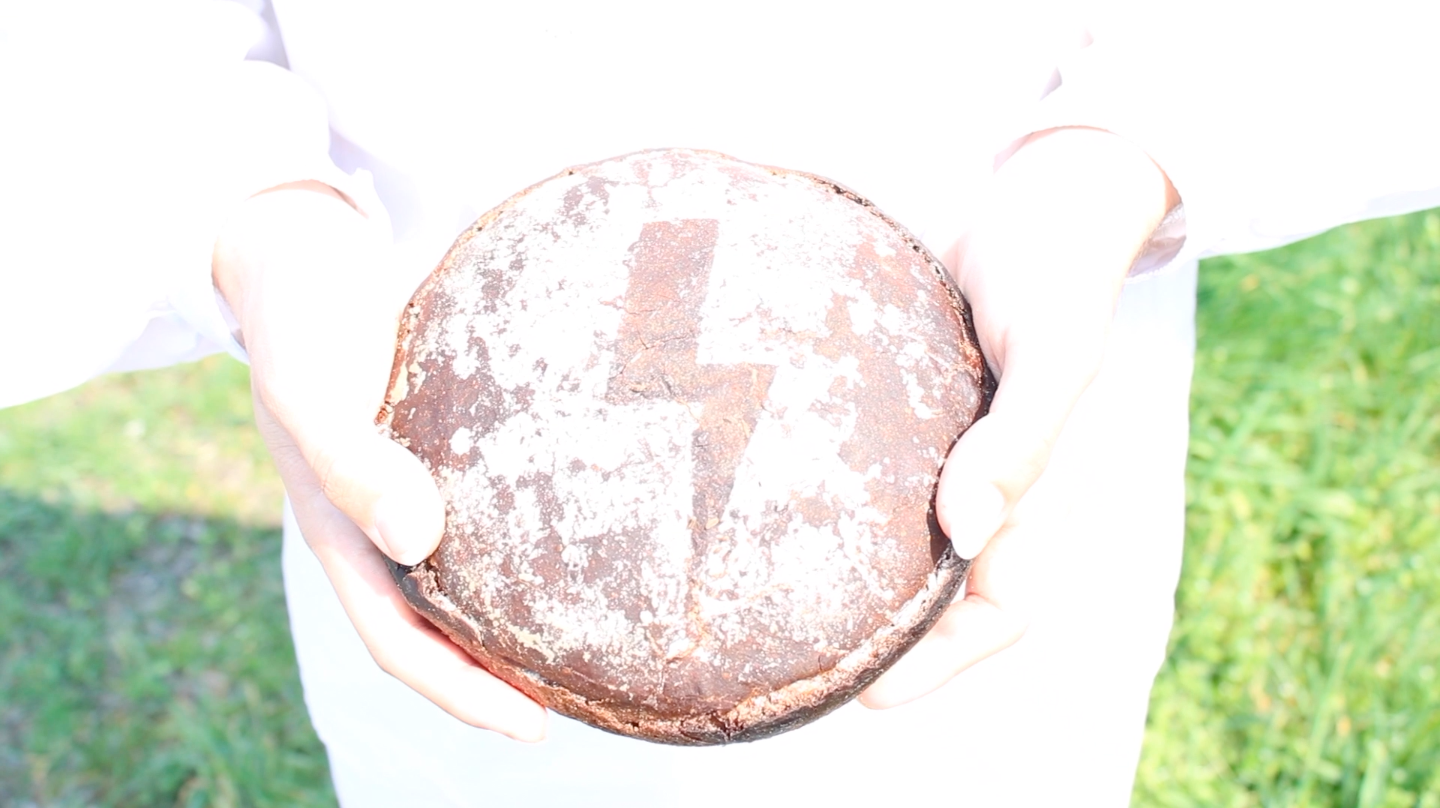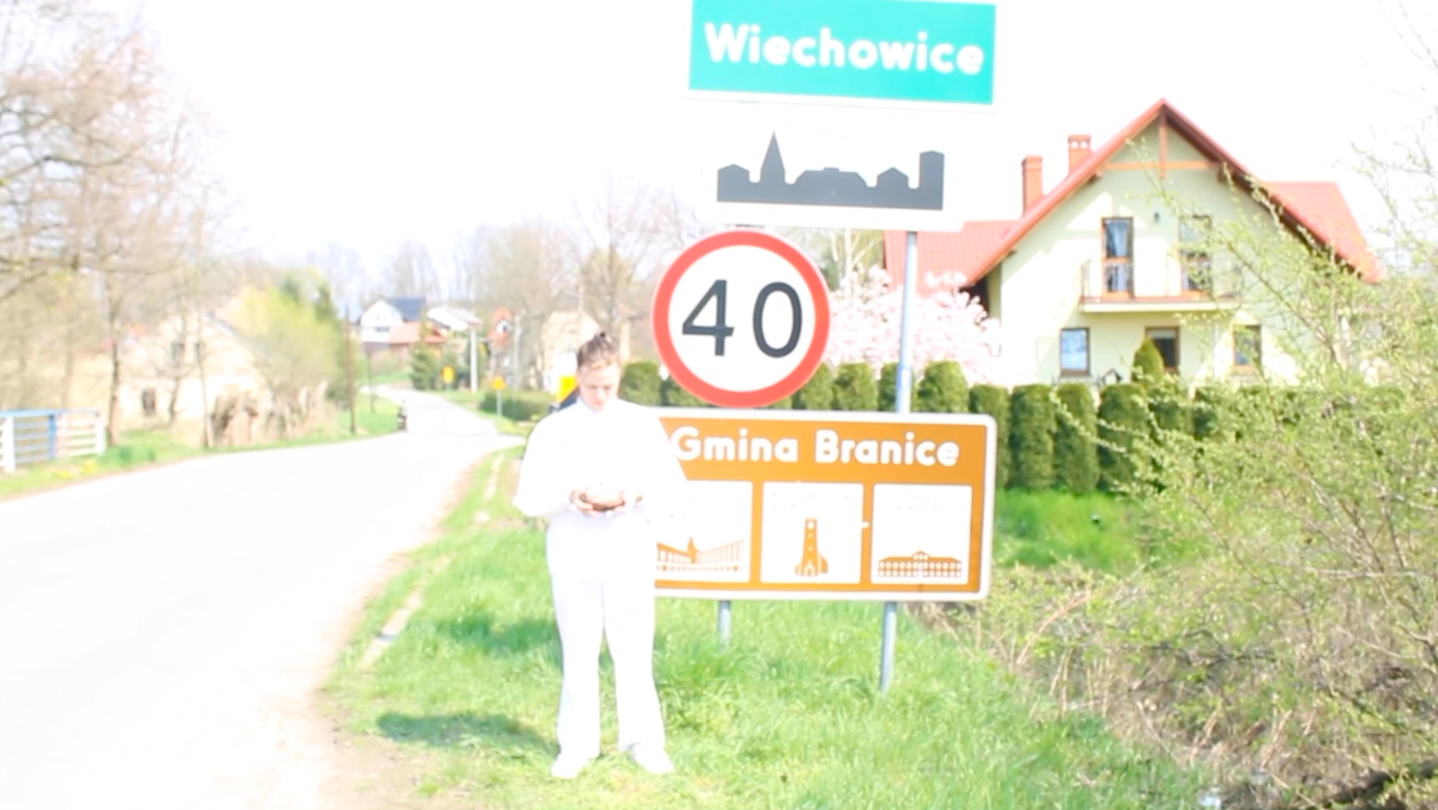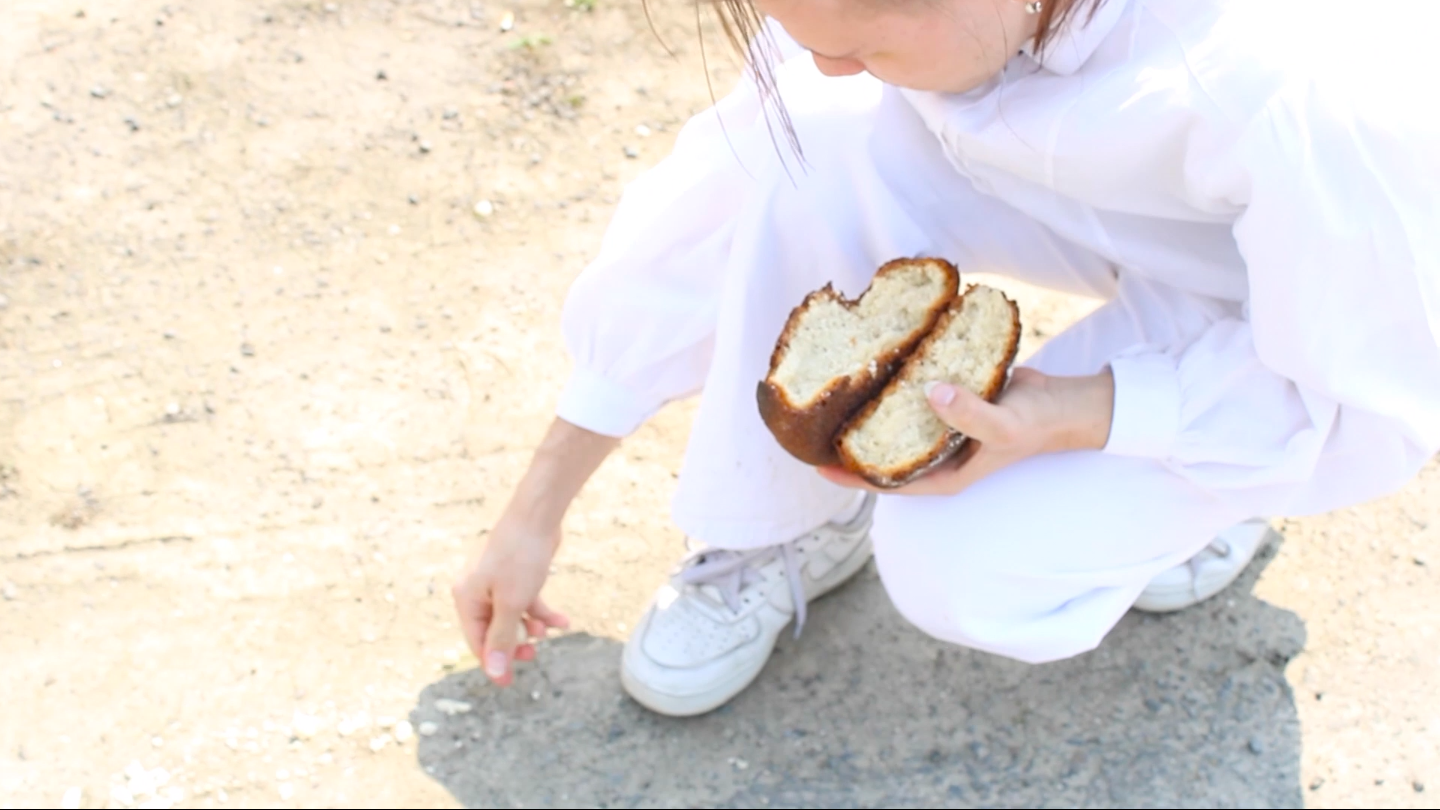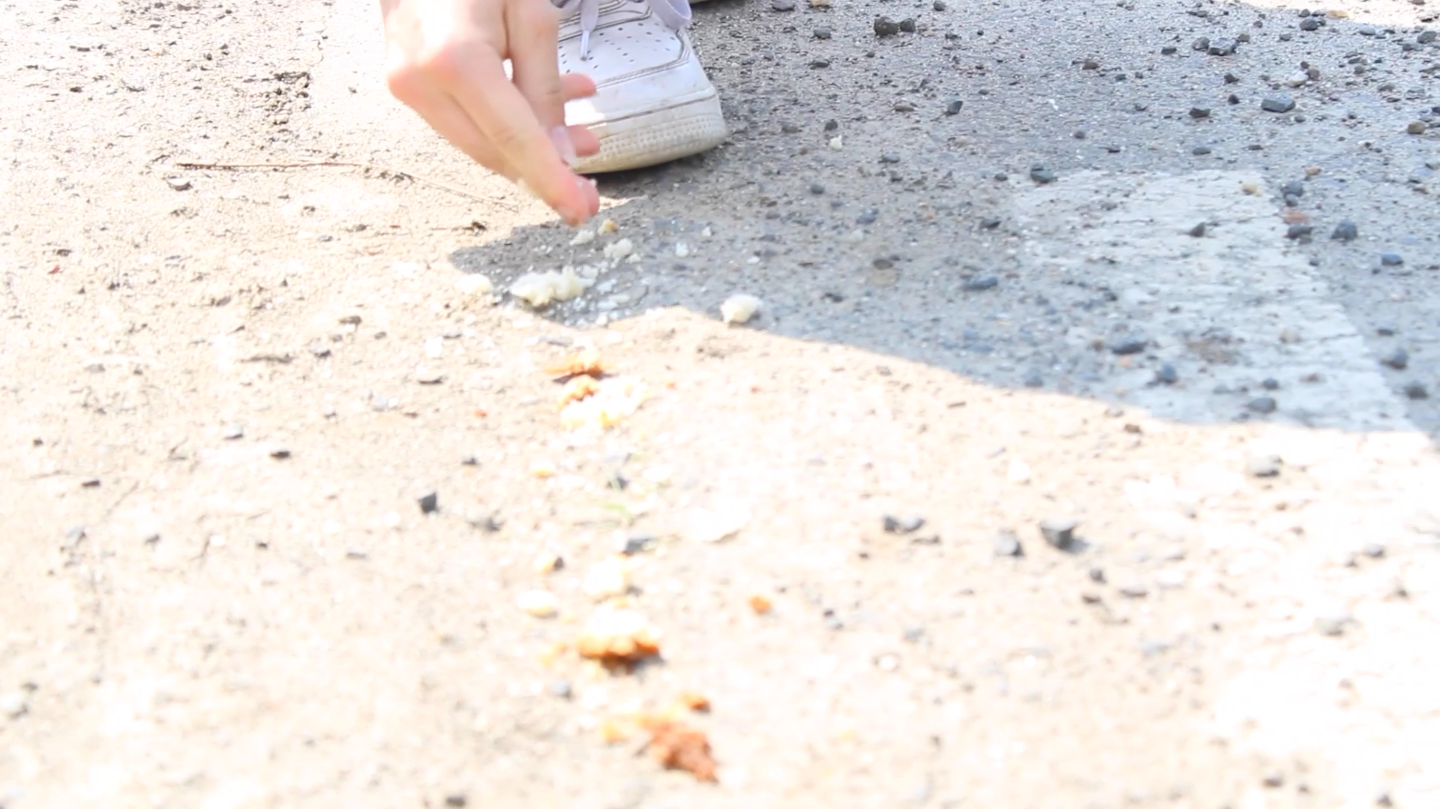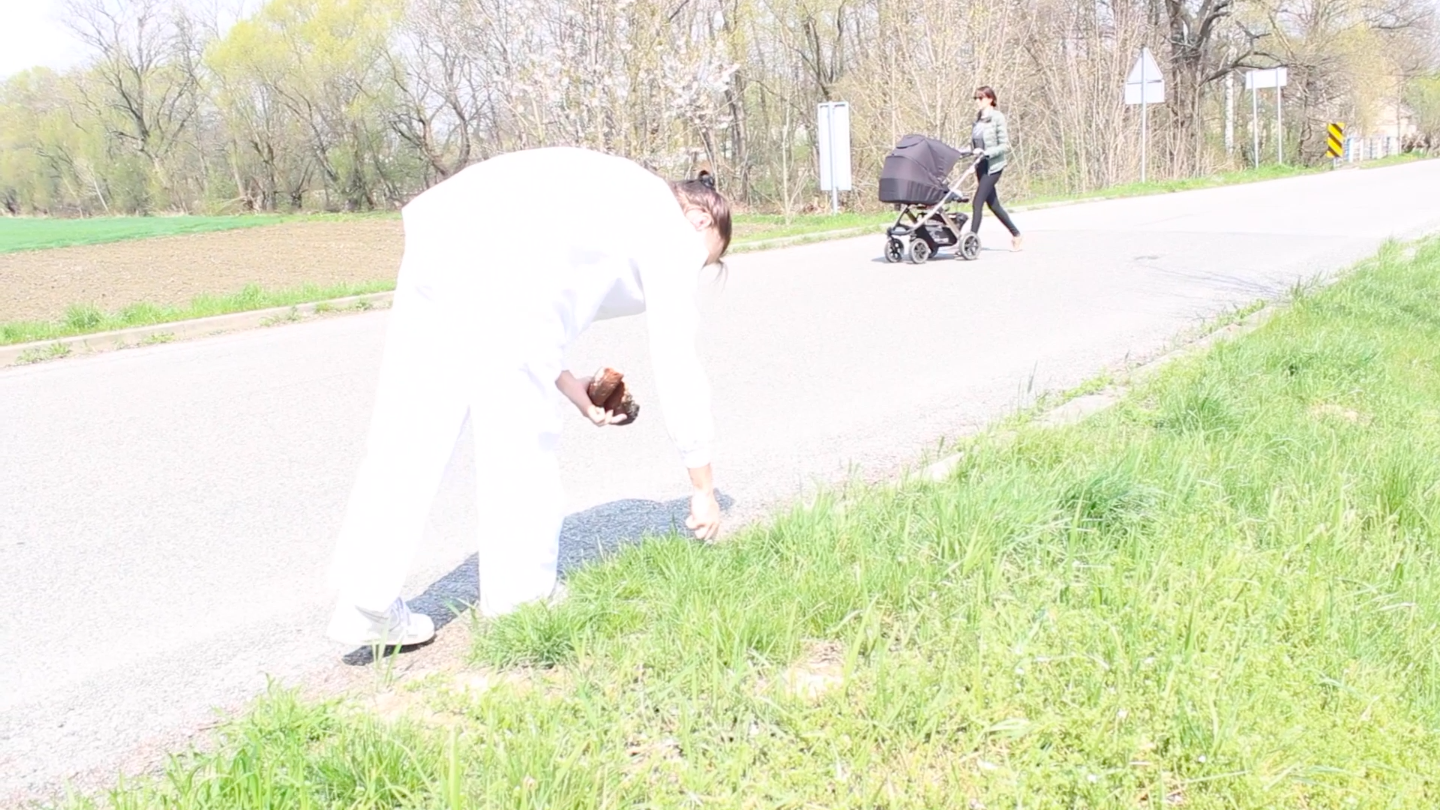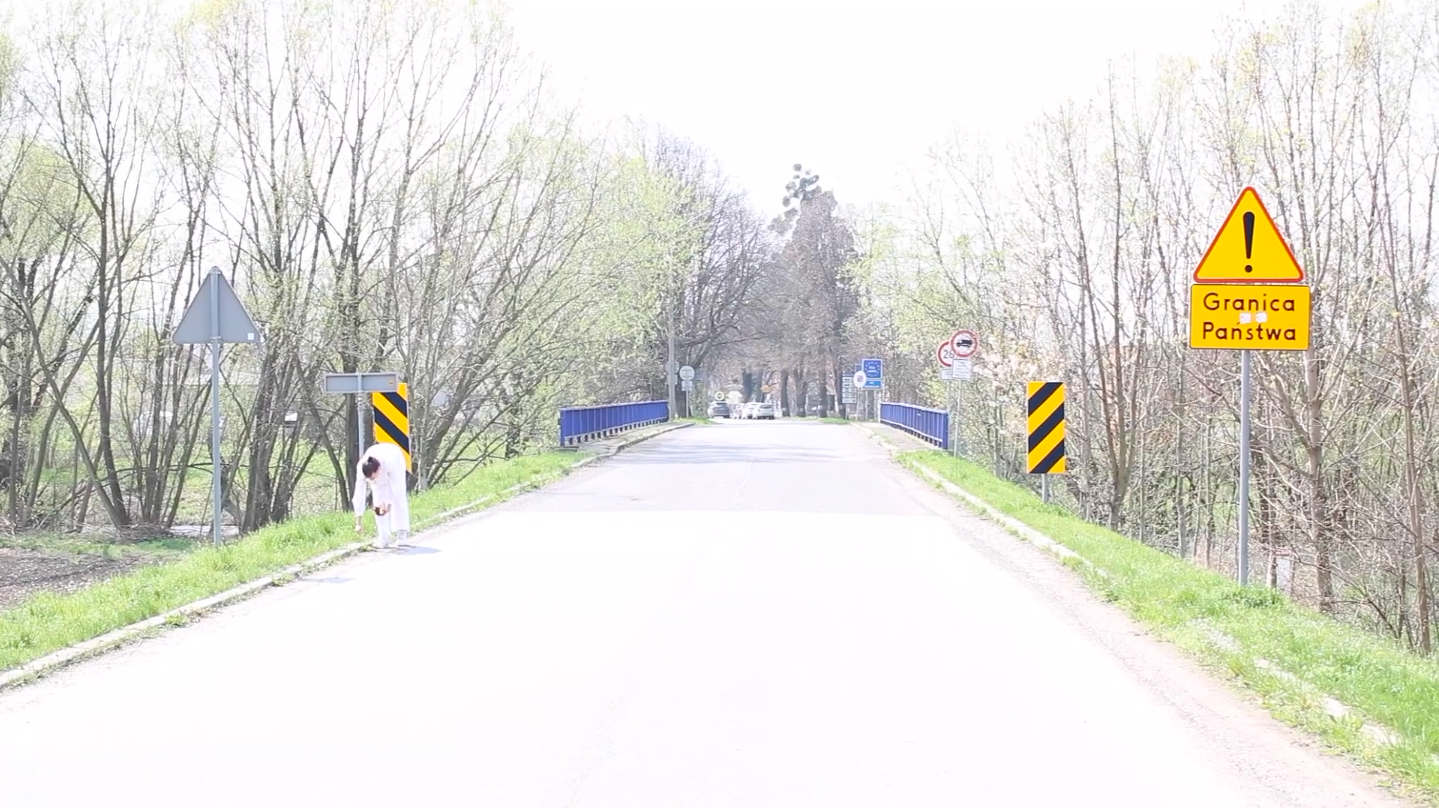Michal Durda
Kde (Jest) Domov
Wiechowice, Poland
In 2020s we declination of basic women's rights globally. From illegalization of abortion in several states of US, banning women from universities and public spaces in Afghanistan due to Taliban overturn after US military units left the country, several countries in Latin America still marching for access to legal interruption of pregnancies, Hungary government using social media to silent the opposition especially women and among others Polish official laws to legitimate forced pregnancies. This polish situation is the closest to me because I live a few kilometers to Czech-Polish border and this turn of events made me think about borders, free air and my own role in this situation. A piece making a bread crumb line from bread with a symbol of polish reproduction rights movement Strajk Kobiet from polish village to the Czech-Polish borders as to navigate people in need seeking help with abortion support to Czechian where sites like Ciocia Czesia are providing support for people in forced pregnancies. The final outcome in form of performance captured on video has also a potential to be a promotion material for previously mentioned organizations. Camera: Zuzana Černocká
